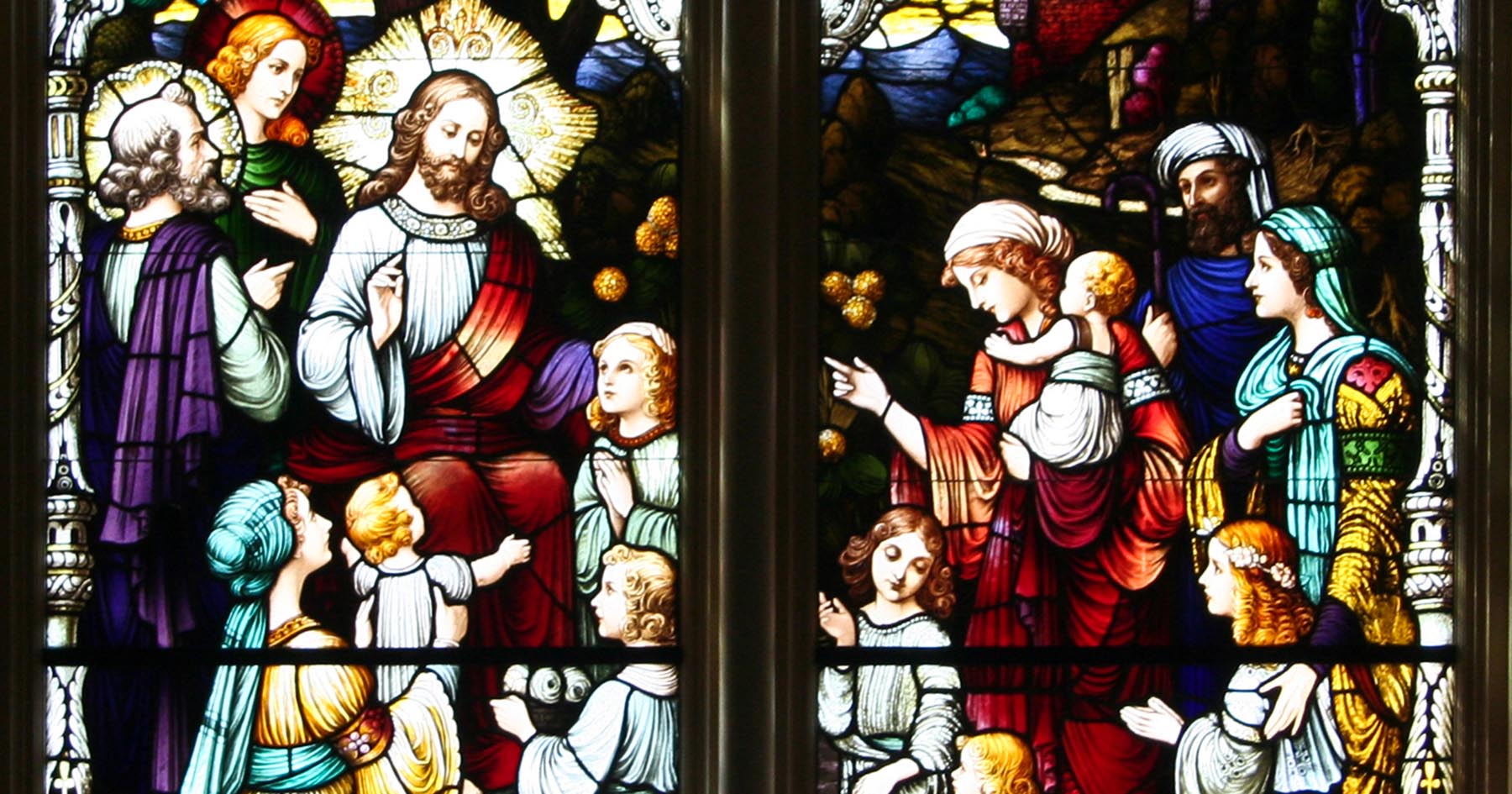In flippant phrases such as “there’s no free lunch,” we acknowledge a deep truth about life: everything has a cost.
We could add that the more something is real and true, whether it be a kitchen utensil or a human life, the greater the cost is likely to be. That’s why love can be the costliest thing of all. It’s a bit of a mystery really. Those who have gained love at great cost tell us that it was worth it, whatever the price may have been.
There are countless examples of Jesus responding to human need. He knew the small and ordinary — sometimes not so small and ordinary — stresses of family life. We know of at least one occasion when he shows exasperation with his parents, even though they had every reason to be worried when he wandered off in a crowded and dangerous Jerusalem. And later, when he does finally leave home to offer himself to his cousin John the Baptist’s social movement — one which the Roman authorities kept a close eye on — there must have been major stress in the home.
From that point on, Jesus is to know stress with a vengeance as he carefully begins building a following among the young men at the Sea of Galilee. He even has to keep a low profile so as not to create any political suspicion in Roman circles. Furthermore, Jesus tries desperately — at times knowing immense frustration and often utterly failing — to get his disciples to grasp the vision that he wants to involve them in.
Also, Jesus feels the stresses that affect men and women who live public and high-profile lives. As his reputation grows as a teacher and, even more significantly, as a healer, everyone wants what we would call today “a piece of him.” As time goes on and his fame increases, Jesus has to guard against fickle crowds. There will be two occasions on which he will barely escape with his life, one of these was his fateful visit to his own Nazareth. There is always the possibility of a dangerous question planted by some agent in the crowd, forcing him to declare a position that will incriminate him. Gradually, it becomes more and more obvious that the attainment of his social vision — the “kingdom” as he calls it — will involve the ultimate sacrifice.
When we see stained-glass window images of Jesus as a boy with little lambs in his arms, or later in his adult life surrounded by smiling children, there is something we need to realize. While there may well have been such moments in our Lord’s life, as in any young person’s in a rural world, they bear little semblance to what has become for many the stereotypical image of the one who has become Lord in millions of people’s lives.
However, a realistic awareness of how much Jesus’ life among us speaks to our own human stresses, can make him a source of lifelong grace for each one of us.




